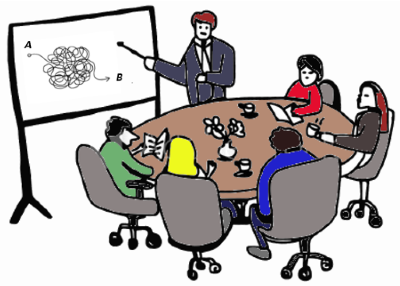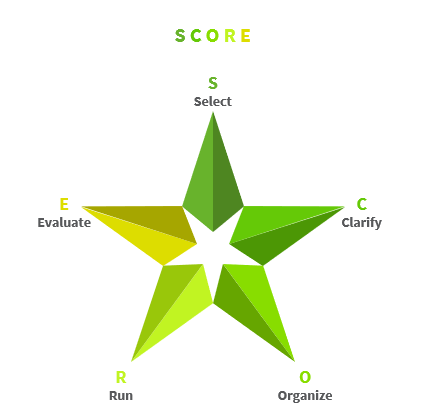
Learning Box : Learn from failure
Being inspired with quality circles idea, “learning box” is a continuous improvement method which is easy to understand and implement.
A learning box is a physical container or designated area for the defective products that are rejected during the process by the operators. The idea is to review the products during the morning meetings and discuss how to avoid similar problems happening again. The activity is done with selected stake holders (i.e. operators, shift leaders, supervisors, managers and so on).

Basically it is a simple and effective preventive tool which gives companies the opportunity to learn from their failure. This tool is also a great support to FMEA.
We can use the “learning box” idea as an input provider to our quality strategy and roadmap.
We work in a business environment that is full of input as every day learning which comes from the customer, internal and external failure, meetings, feedback from different stake holders, benchmarking, etc.
It is somehow popular to create new strategies or roadmaps every 2-3 years. The new one is initiated before the previous one is fully executed and its results are evaluated.
We need to motivate ourselves to resist to work on a new strategy if there is a no strong reason behind it. Instead we need work on making the existing strategy stronger by using the every day learning we have.
What do you think ?
My learning box is not a physical container. But it helps to collect the input, wash with the stake holders and feed the strategy or the roadmap.



